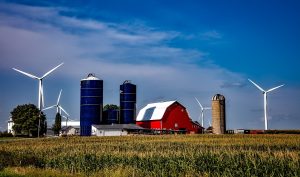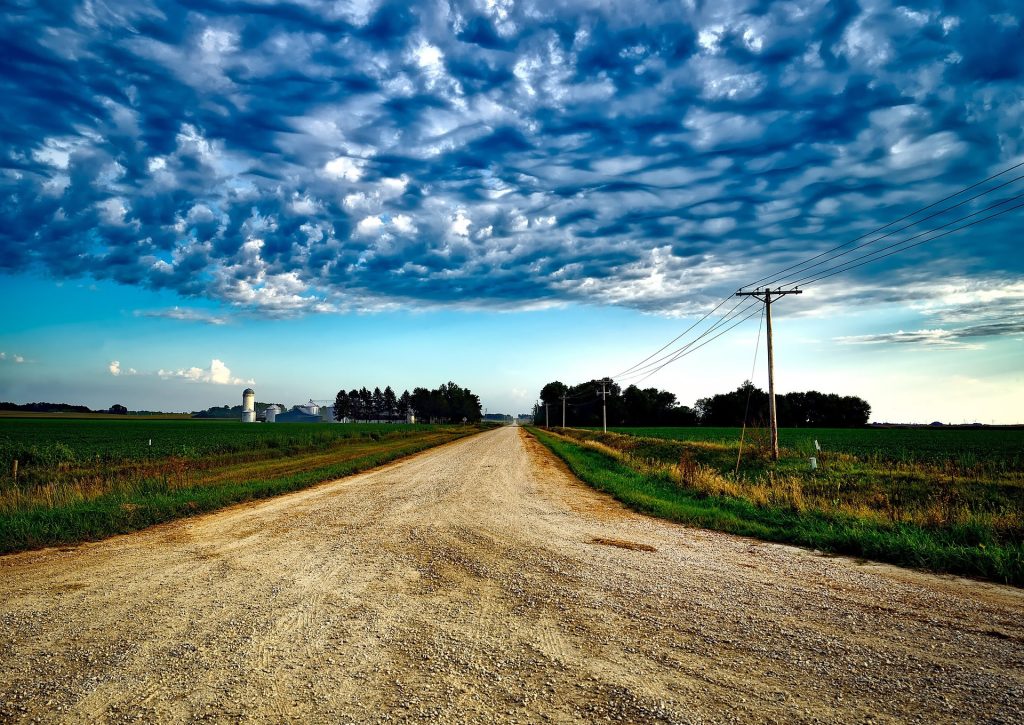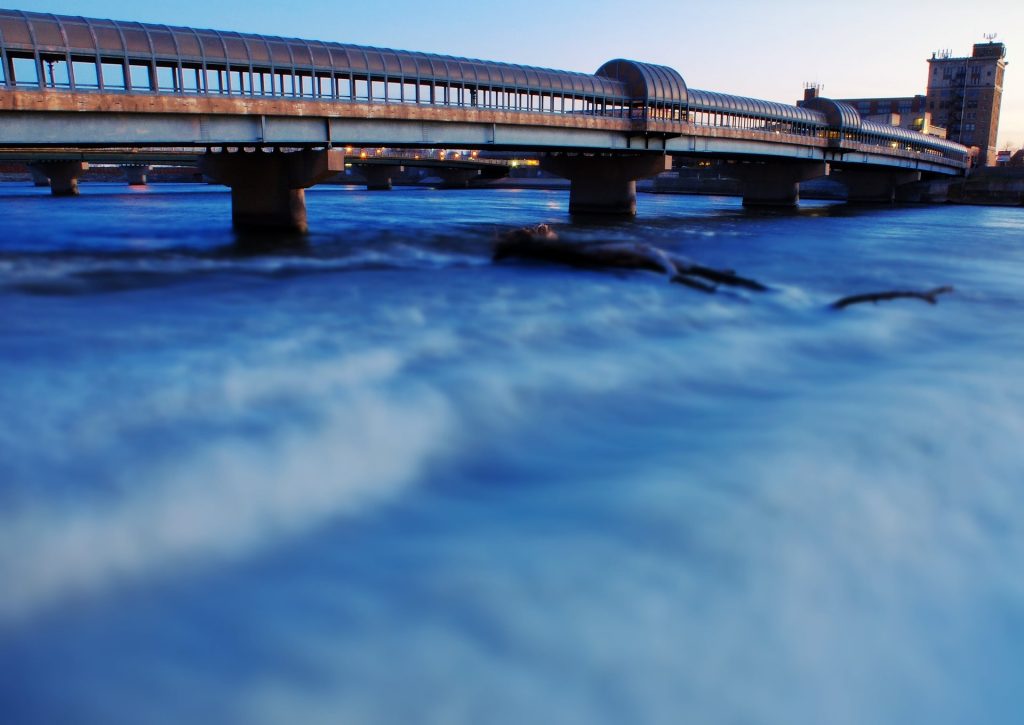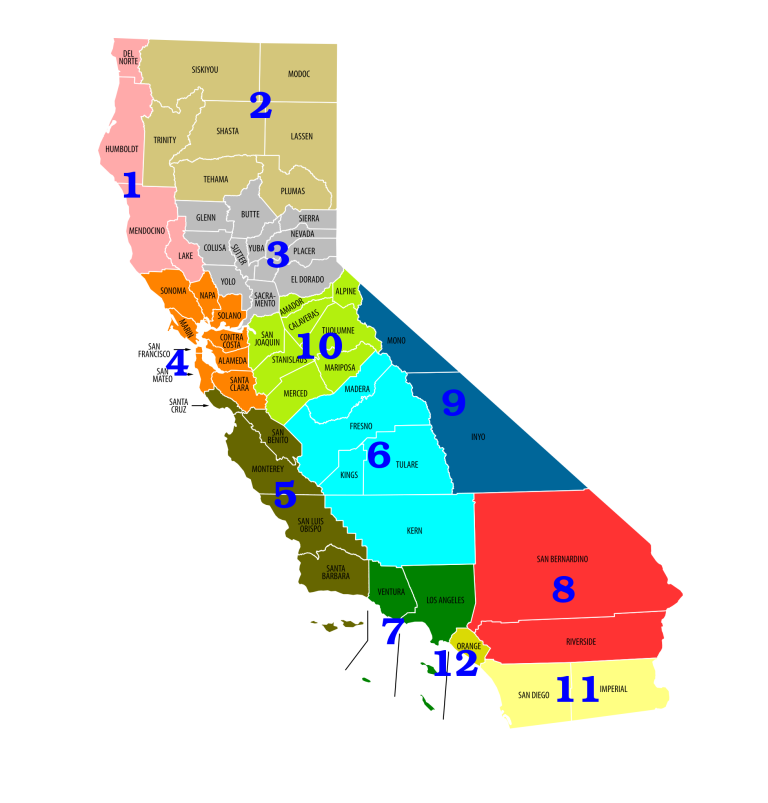Iowa Road Cams: A Guide for Travelers and Commuters

The state’s name, Iowa, from an Indian tribe, “Ah-hee-oo-ba,” meaning “sleepy ones” or “drowsy ones.” They lived in the valley of the State’s principal river, which they named for their tribe; and, in turn, the name was applied to the State.
Iowa may be known for its agricultural prowess, but this Midwestern state offers a surprisingly diverse range of experiences for travelers. Beyond the cornfields, you’ll find charming towns, historical sites, and unique natural landscapes. For drivers, Iowa provides a well-maintained network of highways and byways, making it an ideal destination for a road trip.
Main Routes in Iowa
The primary highway system, maintained by the Iowa Department of Transportation, comprises Interstate Highways, United States Highways, and Iowa state highways, making up approximately 8 percent of Iowa’s public road system. The longest of these is U.S. Highway 30, stretching 332 miles, while the shortest is Interstate 129 at a mere 0.27 miles.
- Interstate 80: This major east-west interstate spans the state, connecting Des Moines, Iowa City, and the Quad Cities. It provides a convenient route for travelers crossing Iowa and offers access to many attractions and services.
- Interstate 35: Running north-south, I-35 connects Des Moines to the Minnesota border and provides access to Ames and Clear Lake. It’s a major route for travelers heading north or south through the state.
- Interstate 29: This interstate runs along Iowa’s western border, connecting Sioux City to Council Bluffs and Omaha, Nebraska. It offers access to the Loess Hills and Missouri River attractions.
- U.S. Route 30: This historic highway, once part of the Lincoln Highway, runs across Iowa, connecting Clinton to Council Bluffs. It offers a glimpse into the early days of automobile travel and passes through many historic towns.
- U.S. Route 218: This north-south highway connects Waterloo to Keokuk, passing through Cedar Rapids and Iowa City. It provides access to various attractions and scenic areas in eastern Iowa.
Scenic Drives in Iowa
If you want to enjoy the beauty of nature and discover some hidden gems along the way, you can take one of these scenic drives in Iowa:
- The Loess Hills Scenic Byway: This route winds through the unique Loess Hills of western Iowa, offering breathtaking vistas of these unusual geological formations. Stop at overlooks for panoramic views, hike the trails that crisscross the hills, and explore charming towns nestled in the valleys.
- The Great River Road: Following the course of the Mississippi River along Iowa’s eastern border, this iconic route provides stunning views of the mighty river, its bluffs, and the surrounding landscape. Explore historic river towns, visit wineries and orchards, and enjoy opportunities for boating and fishing.
- The Historic Hills Scenic Byway: Journey through the rolling hills of southern Iowa, discovering quaint villages, historic covered bridges, and scenic state parks. This byway offers a glimpse into Iowa’s rural charm and a chance to experience the slower pace of life.
- The Western Skies Scenic Byway: Experience the diverse landscapes of western Iowa on this route, which traverses rolling prairies, rugged river bluffs, and charming towns. Look for opportunities to spot wildlife, visit historical sites, and enjoy outdoor recreation.
- The Lincoln Highway Heritage Byway: Travel back in time on this route, which follows the path of the historic Lincoln Highway, America’s first transcontinental highway. Discover remnants of the original road, explore charming towns that thrived during the early days of automobile travel, and experience a nostalgic slice of Americana.



Main Cities in Iowa
Here are some of the main cities in Iowa that you can visit to experience the best of what the state has to offer:
- Des Moines: As the state capital and largest city, Des Moines is a hub for government, business, and culture. Visitors can explore the State Capitol building, the Des Moines Art Center, and the Court Avenue entertainment district.
- Cedar Rapids: A major industrial center, Cedar Rapids is also home to a growing arts and culture scene. The city boasts the Cedar Rapids Museum of Art, the National Czech & Slovak Museum & Library, and the Paramount Theatre.
- Davenport: Situated on the Mississippi River, Davenport is a key city in the Quad Cities region. Attractions include the Figge Art Museum, the Putnam Museum, and the River Music Experience.
- Sioux City: Located in western Iowa on the Missouri River, Sioux City played a significant role in the westward expansion of the United States. Today, the city offers historical sites, museums, and a revitalized downtown area.
- Iowa City: Known as a UNESCO City of Literature, Iowa City is home to the University of Iowa and the renowned Iowa Writers’ Workshop. The city has a great literary scene, with numerous bookstores and events.
Key Attractions in Iowa:
- The Amana Colonies: Step back in time in this National Historic Landmark, where seven villages preserve the unique heritage of German Pietists who settled in Iowa in the 1850s. Experience their traditional crafts, communal living practices, and delicious German cuisine.
- Living History Farms: This outdoor museum brings Iowa’s agricultural history to life with three working farms depicting different eras of Iowa settlement. Interact with costumed interpreters, experience daily life on the farms, and learn about the evolution of agriculture in the state.
- The National Mississippi River Museum & Aquarium: Located in Dubuque, this expansive museum offers interactive exhibits on the history, ecology, and culture of the Mississippi River. Explore a recreated steamboat, learn about Native American history, and encounter diverse river wildlife in the aquarium.
- Maquoketa Caves State Park: Discover a hidden world beneath the surface in this state park, which boasts a variety of caves, sinkholes, and geological formations. Hike the trails, explore the caves, and enjoy the scenic beauty of the park.
- The Bridges of Madison County: Romance and nostalgia abound in Madison County, where you can visit the iconic covered bridges featured in the popular novel and film. Drive the scenic byways, explore the charming towns, and experience the allure of these historic structures.

